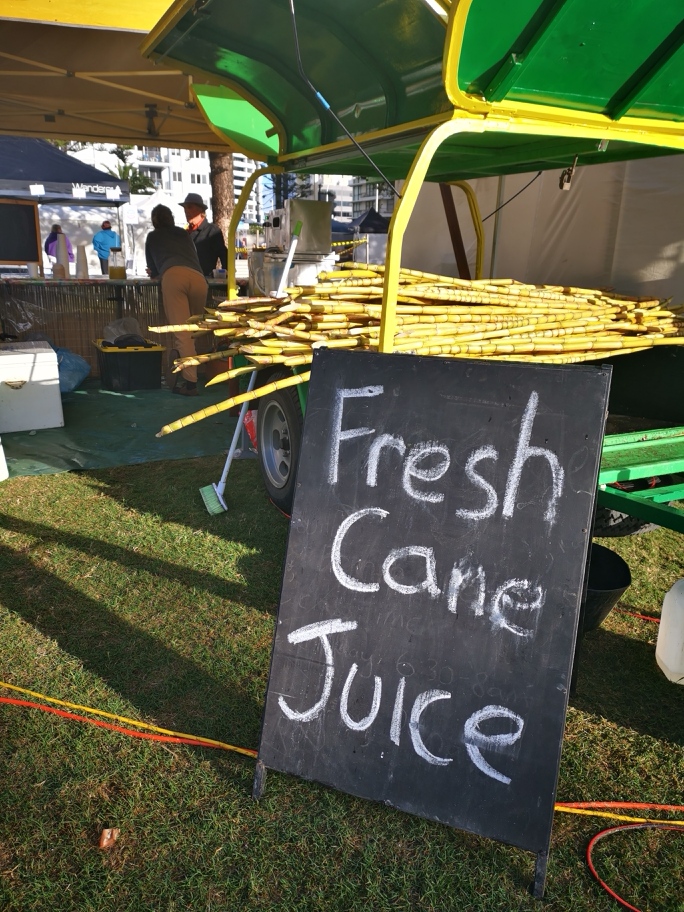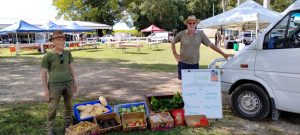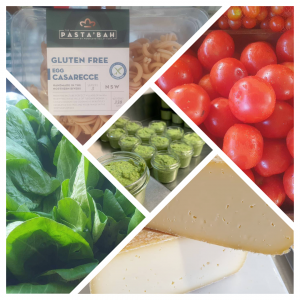What’s INTERESTING and GREAT at the Market?
I found this fascinating so I hope you do too as it is a little longer than usual!
With so little rain this spring we need to think about our bees. Did you know that bees need clean water to do their invaluable work so especially through dry spells it is always a good idea to have a very shallow saucer of water with pebbles in it for the bees to use. They use it for mixing with nectar to make their honey the correct consistency and on hot days they use it to help cool the hive.
Altogether, a strong hive needs about 250 mL (about 1 cup) per day but on a hot summer day this requirement is significantly increased and a healthy hive just going about its business will need as much as a litre – that’s as much as a small dog needs. https://waas.org.au/Blog/4916262
This week is Australian Pollinator Week – 10 – 17th November so it is a good time to shine the spotlight on HONEY and especially Caldera Honey brought to the market each week by Barry McLean. Barry now has in his honey range Jelly Bush Honey and Barry has the testing data available to confirm the level of medical benefits of his Jelly Bush honey (similar qualities to the better know Manuka honey from NZ. Barry’s Jelly Bush is derived from the say tree species. If you are interested in this have a chat to Barry this week.
Australian Pollinator Week was founded by Dr Megan Halcroft, of Bees Business (beesbusiness.com.au), in November 2015. It followed on from a community project called “Bee Aware of Your Native Bees”, which was funded by Western Sydney University and the Environmental Trust.
Australian Pollinator Week acknowledges our important and unique insect pollinators during our spring in November. It is a designated week when community, business and organisations can come together to raise awareness of the importance of pollinators and support their needs.
The world is suffering from major pollinator declines, but through education and events such as Pollinator Week we can bring these usually-unnoticed insects to the forefront of peoples’ thoughts, with the goal of supporting and protecting their populations.
Pollinators drive biodiversity, and over 75% of the world’s flowering plants rely on insect pollinators to reproduce. Pollinators provide these important ecosystem services in the natural landscapes as well as within agricultural/horticultural and urban environments.
Pollinators affect 35% of global agricultural land, supporting the production of 87 of the leading food crops worldwide.* The vast majority of pollinators are wild, including over 20,000 species of bees. Australia is home to approximately 2,000 native bee species. Together with the European honey bee, Apis mellifera, they are keystone pollinators of our forests, fodder, flowers, fibre and food crops.
Barry McLean of Caldera Honey usually collects the bulk of his honey from his hives around the Tweed BUT this week due to the exceptionally dry weather he has been able to collect ONLY ¼ of what his hives would usually produce. The dry weather means that whilst the trees might be putting effort into producing some flowers there is not much nectar in them and then the dry winds reduce this even further. So bees really are having a tough time and they are simply marking time trying to survive.
Barry leaves plenty of honey in the hive to enable the bees to keep feeding and stay healthy. But spare a moment to think about the bees located further west where it is now pretty barren or worse still burnt out.
This is usually his peak time for collecting honey – September through until December and maybe January depending on the heat! Barry’s summer hives are located from the top part of Tyalgum up in Mebbin State Forest and the Pinnacle to rainforest and schllerophyl forests around Uki and Mt Warning. In winter when he collects much less, the honey is darker as it is produced from coastal heath and Banksia in the Pottsville and Cabarita areas.

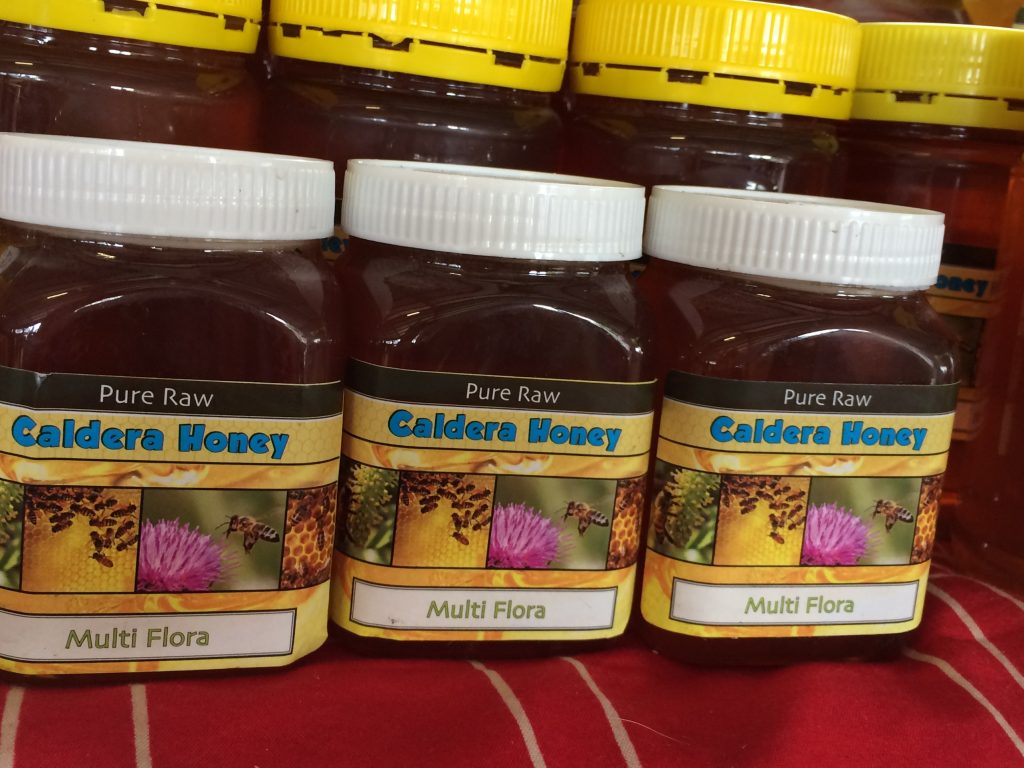

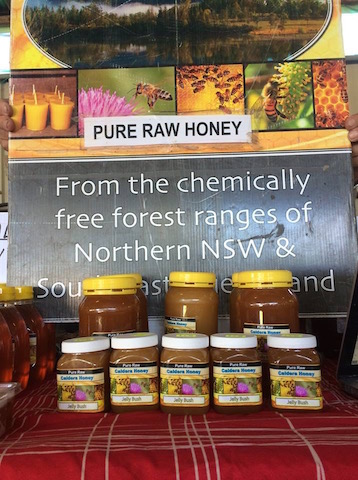


Hover flies – another pollinator – aren’t available for purchase, but you can plant flowers and herbs to attract them. Plants that attract hover flies include fragrant herbs such as: oregano, garlic, chives, sweet alyssum, buckwheat and bachelor buttons
Read more at Gardening Know How: Hover Fly Information: Plants That Attract Hover Flies To The Garden https://www.gardeningknowhow.com/garden-how-to/beneficial/hover-flies-in-gardens.htm

Stallholder Changes this Week:
BACK this week:
- Tusta’s Heart and Halo PLUS his turmeric chai for real spicy chai lovers.
- One Organics – organic seedlings for your garden and
- Pop Up Mad Mountain Family Farm is back for weeks 2 & 3 each month until Christmas so you can stock up on their unusual herbs and fabulous sauces and chutneys and dried herb teas.
ABSENT this week: Seasonal Produce Update
- Leanne and Anne Marie’s Doggie-licious treats
- Narbey’s Best Avocados – avocado season has finished; we can expect to see them back in January with avocados.
Avocados are nearing the end of their season; JRA may have then for just another couple of weeks.
Raspberries – return December


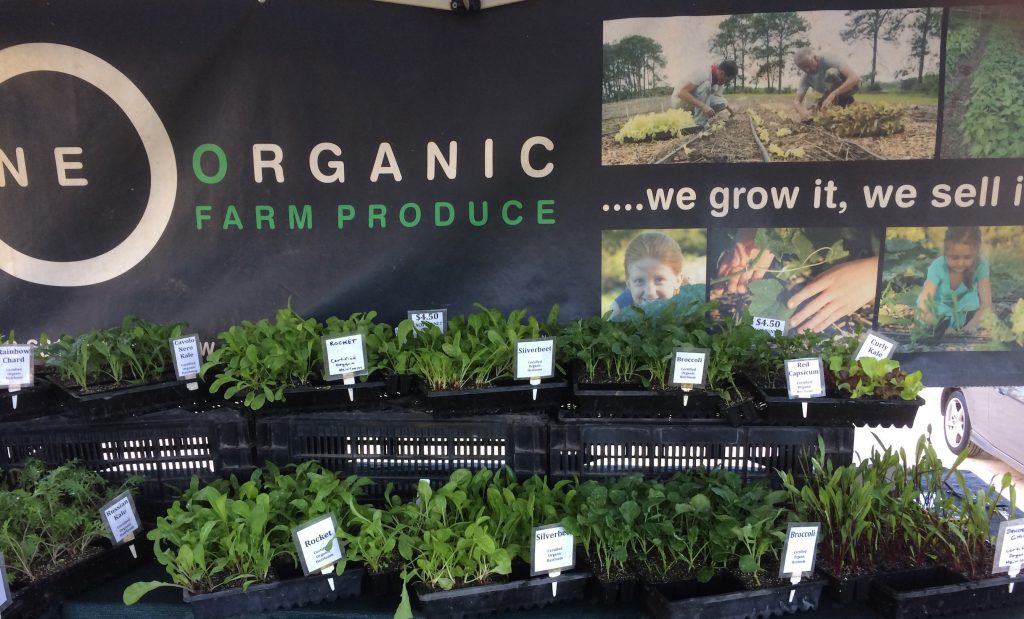
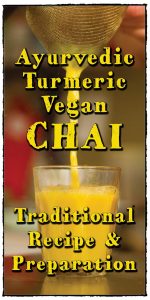
Entertainment: Phil and Tilley with their newly released album.
Weather: Mostly sunny. Winds north to north-westerly 25 to 40 km/h shifting south-easterly during the morning with temperatures ranging from 19 to possibly 30 degrees.
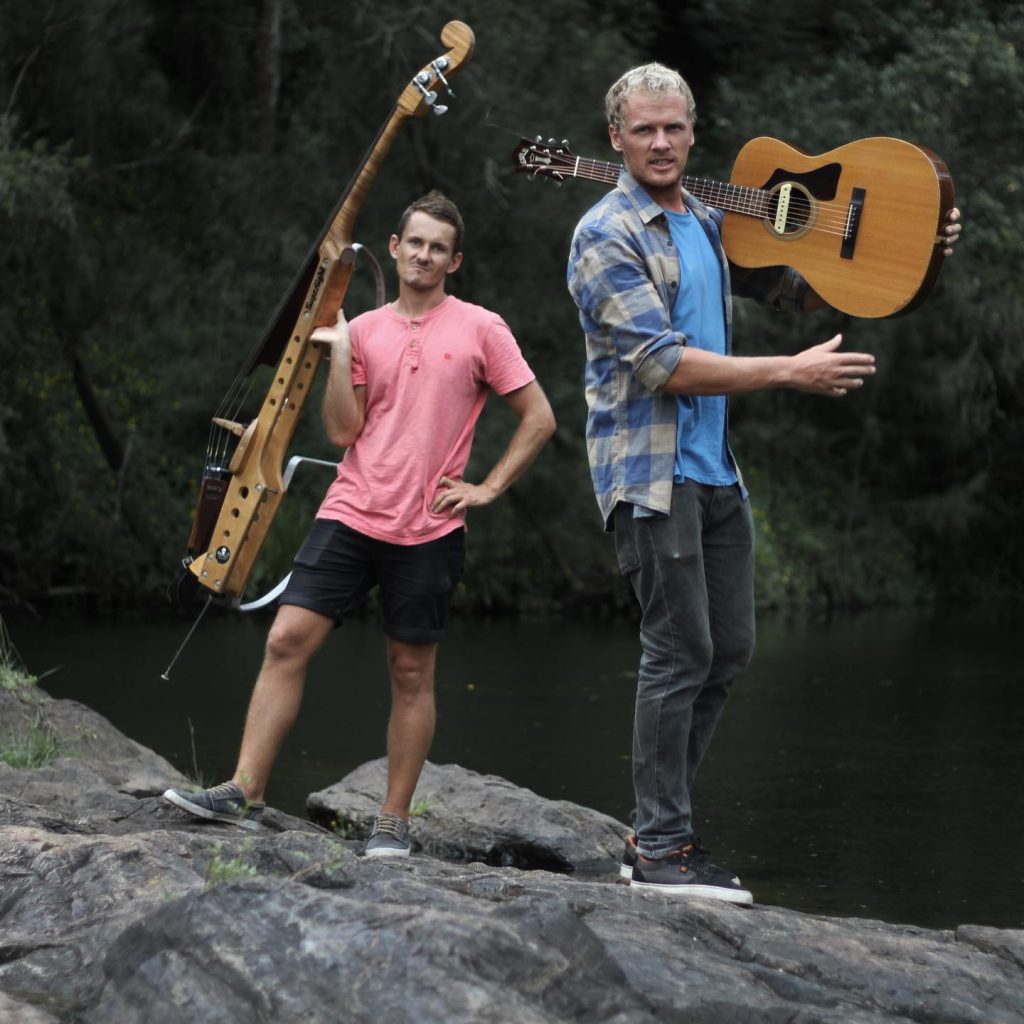
Produce of the week (newest season produce is in bold):
- Apples
- Avocados
- Bananas
- Beans
- Beetroot
- BLUEBERRIES
- Broccoli
- Capsicum
- Cabbages
- Carrots
- Cauliflowers
- Celery
- Cucumbers
- Eggplant
- Fennel
- Kale
- Leafy greens
- LEEKS
- Limes
- Microgreens and sprouts
- Passion fruit
- Paw Paw
- Radish
- Silverbeet and spinach
- STRAWBERRIES
- SUGAR CANE JUICE
- Tomatoes
- Zucchini
